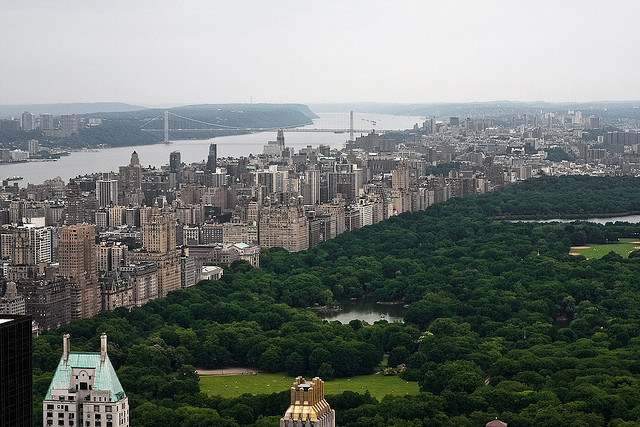
In fact, as Untapped Cities explained, in the famous Central Park there are various secret spots and attractions that tourists could get lost less circumspect, partly because of the significant extension of the park itself. It starts from the forest called the Ramble, with a long walk under the trees which allows to find shelter from the chaos of the city. Next follows the Indian Cave, converted from a natural cave found during the fitting out of the park. To date, only the old access stairs are visible since the interior has been walled up because there were too many crimes were committed.
The North Woods is another wooded area of the park but where nature is allowed to run its course, with fallen trees which are not removed and they do have there a more spontaneous development of vegetation. This setting was ordered to recall the nature of the Adirondacks. The falls: there are at least 5 in Central Park. The water, that is to glided up and down the aqueduct that supplies drinking water by sitting and listening to its noise will make you forget about being in the middle of Manhattan. The large rocks on which youth and adults sit down to rest or climb are the oldest component of the CP, as it comes to training older prehistoric about 450 million years. The historic trees: the first branches to bloom in the spring are those of the Yoshino cherry trees, which were donated to the United States from Japan in 1912. The list closes with the wisteria pergola, patio colorful and fragrant under which to walk in the warm spring days.
Photo: Mathew Knott













